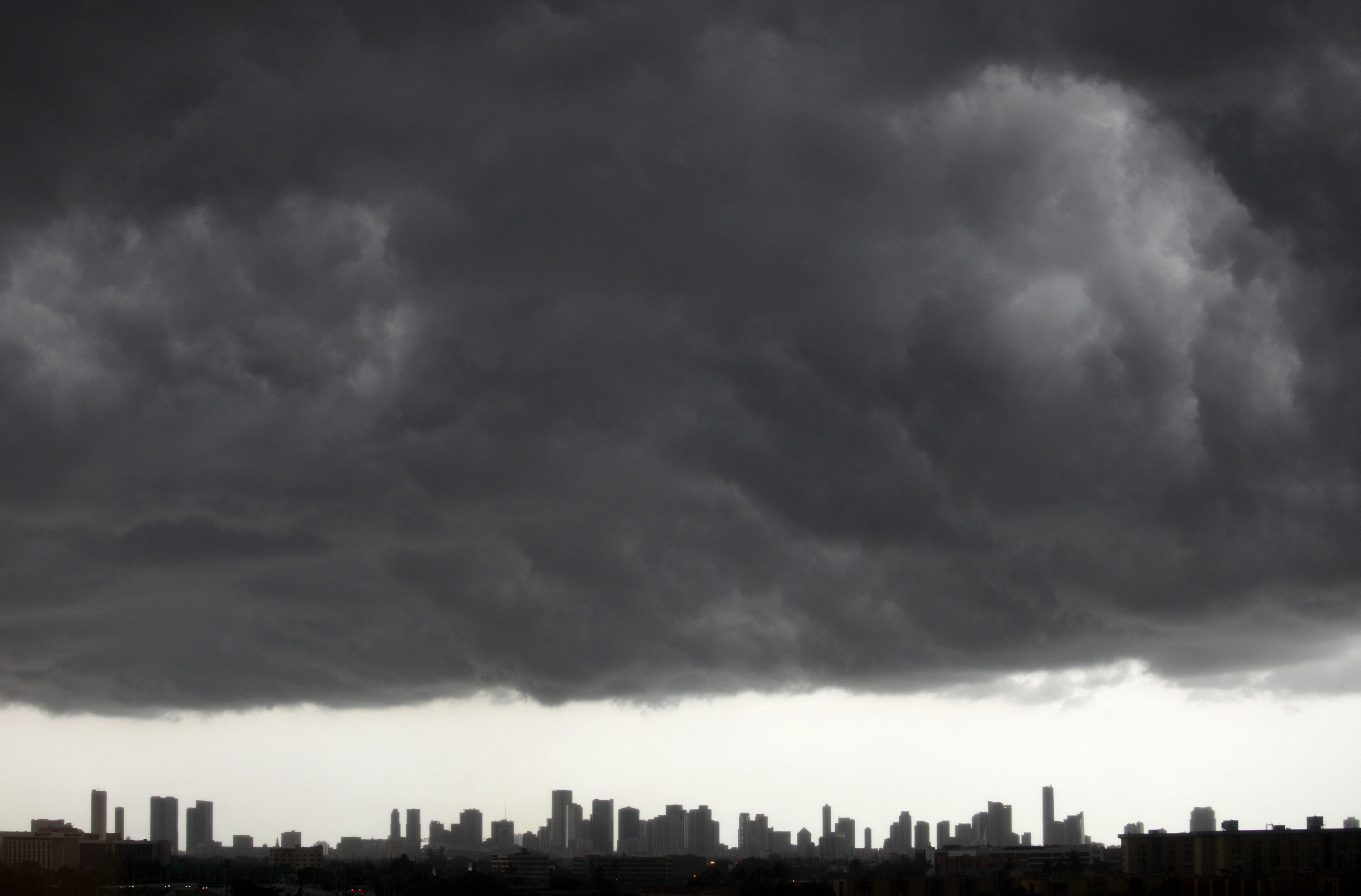- As global temperatures and sea levels rise, some of the world’s major cities could experience unbearable living conditions.
- Cities like Chicago and New Delhi have already endured fatal heat waves, which could get worse in the future.
- While climate scientists don’t anticipate any location will become fully uninhabitable, they worry that some areas will struggle to support human life.
- Visit Business Insider’s homepage for more.
As scientific projections of the effects of climate change become more robust, the threats posed by extreme storms, catastrophic flooding, heat waves, and droughts have gotten clearer and more frightening.
The Intergovernmental Panel on Climate Change has predicted that global temperatures could rise 1.5 degrees Celsius above preindustrial levels by 2040. By the turn of the century, temperatures could climb even higher, spelling disaster in some areas.
In the future, cities that are prone to flooding or heat waves could see more severe – and potentially fatal – weather conditions. With this in mind, scientists have begun to pinpoint locations that could become unbearable for humans by 2100.
These 11 cities might one day soon struggle to support human life. Many are already witnessing the devastating effects of climate change.
More than 3.3 million Miami residents could face catastrophic flooding by 2100.
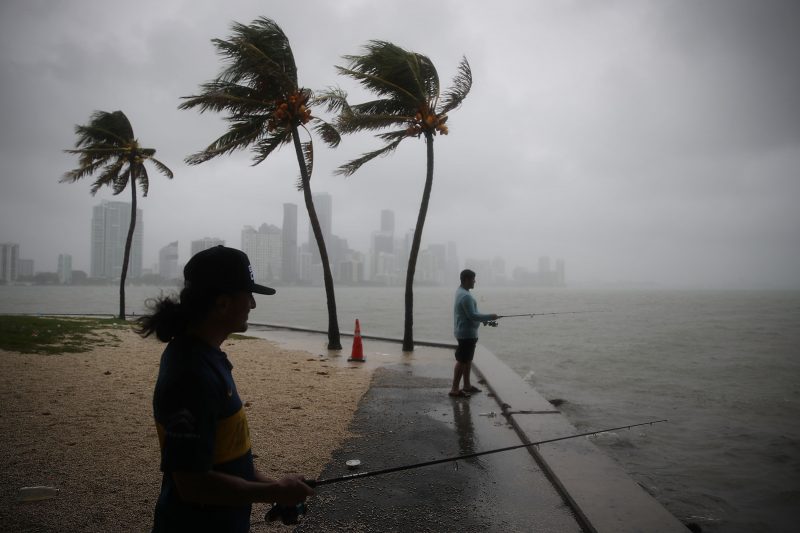
In a study published in 2016 in the journal Nature Climate Change, Mathew Hauer looked at the risk of sea-level rise in the continental US.
He found that from 2010 to 2100, more than 13 million people could be exposed to 6 feet of sea-level rise. Of those residents, about a quarter are in Miami-Dade and Broward counties in Florida.
In the face of this catastrophic scenario, Miami might not be able to adequately prepare, Hauer told Business Insider.
"I'm 6 feet tall," he said. "It's water level as high as I am."
New Orleans could be underwater as well.
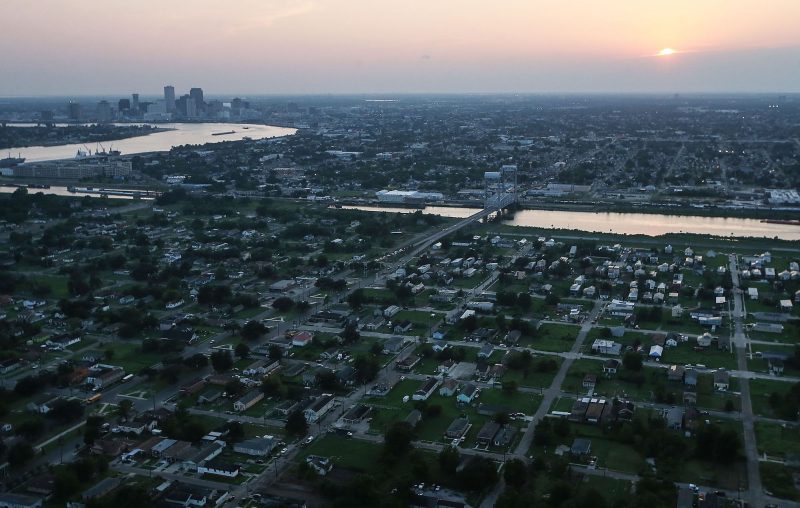
Hauer's study also cited New Orleans as one of the US cities most vulnerable to flooding.
If sea levels were to rise by just 3 feet, more than 100,000 New Orleans residents - about a third of the city's population - could be inundated.
"When you start tacking on storm surges, tidal flooding, all those other associated events," Hauer said, the affected populations "get much larger."
Chicago could see another fatal heat wave at any moment.
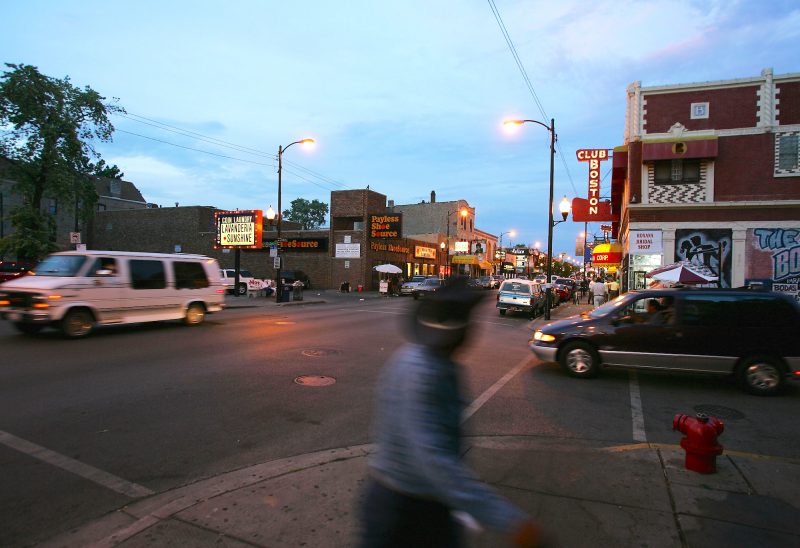
Chicago is in one of America's most severe heat zones, according to Richard Rood, a climate scientist at the University of Michigan.
In 1995, the city witnessed a dangerous heat wave that killed more than 700 people. At that time, outside temperatures reached 106 degrees Fahrenheit, while wet-bulb temperatures - which account for both heat and humidity - reached 85 degrees.
Studies have found that exposure to a wet-bulb temperature of more than 95 degrees can be fatal, since the human body can no longer cool itself.
Rood said a heat wave of this magnitude could happen again at any time in Chicago, which sees high humidity in the summer and regular continental heat.
Summer temperatures in Dubai could reach 113 degrees Fahrenheit after 2070.
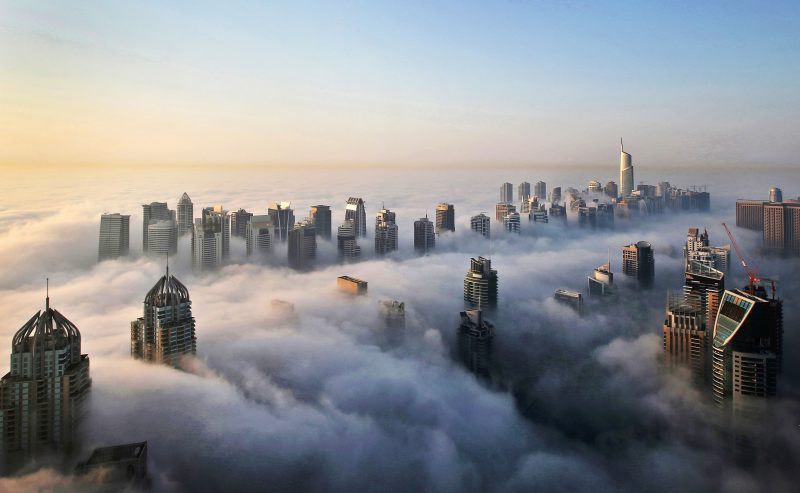
A 2015 study from scientists at MIT identified the Persian Gulf as a "regional hotspot" where climate change could severely threaten lives.
The study found that Gulf cities like Dubai in the United Arab Emirates would see temperatures as high as 113 degrees Fahrenheit in the summer after 2070, and that wet-bulb temperatures could exceed their fatal threshold - 95 degrees - once every decade or two thereafter.
In a 2016 blog post on an Australian news site, some Dubai residents described avoiding going outdoors from June to September.
"When you walk outside from a nice air-conditioned room it's a bit like opening an oven door when you're too close," one resident said. "The hot air hits you at once."
Daily temperatures in Abu Dhabi could also become unbearable after 2070.
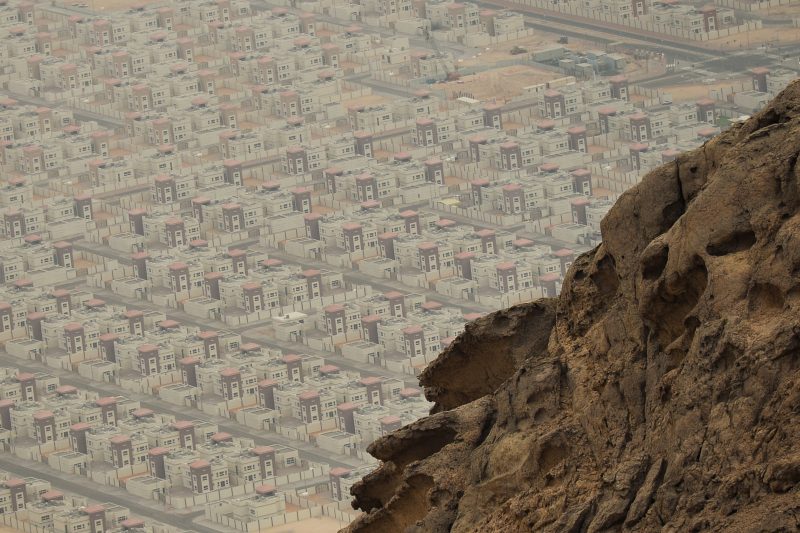
The MIT study also lists Abu Dhabi in the UAE as one of the cities most vulnerable to extreme heat.
In just half a century, the researchers said, the hottest temperatures recorded in Abu Dhabi will be more than one-off occurrences.
The highest temperature recorded in the region is 126 degrees Fahrenheit. By 2070, the city's residents can expect to endure this level of heat more frequently.
Large swaths of Jakarta, Indonesia, could be submerged by 2050.
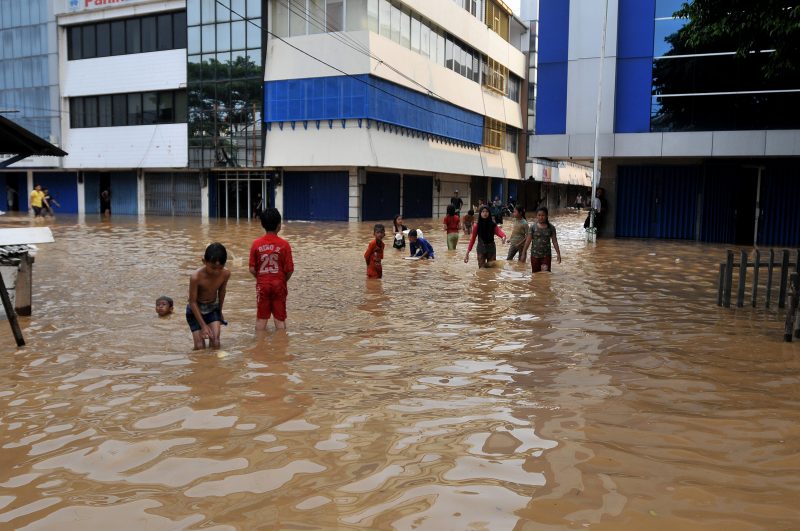
For more than a decade, a steady stream of floods has devastated homes, vehicles, and businesses in Jakarta, the capital city of Indonesia. In 2007, a flood killed around 80 local residents and inundated an estimated 70,000 homes. Then in 2013, nearly 50 people died after heavy rains caused a local dike to collapse.
The floods have been particularly disastrous because almost half of Jakarta sits below sea level. The city is also sinking up to 6.7 inches per year, making it increasingly vulnerable to sea-level rise.
By 2050, researchers estimate that 95% of North Jakarta will be underwater.
To combat this issue, Jakarta's president has approved a plan to move the capital to East Kalimantan, a province on the island of Borneo.
Shanghai, China, could see fatally high temperatures starting in 2070.
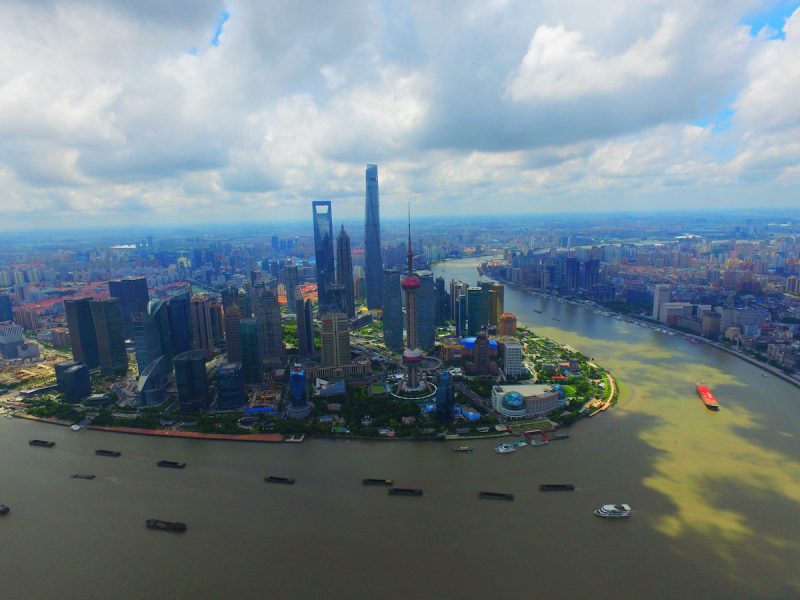
The North China Plain, which is home to about 400 million residents, could see the deadliest heat waves on the planet by the end of the century.
A 2018 study published in Nature Communications found that the area can expect several severe heat waves from 2070 to 2100.
Shanghai - the third-most-populous city, with about 25 million residents - could be one of the cities that's most affected. Researchers found that in that 30-year period, there could be at least five instances of temperatures exceeding the fatal wet-bulb threshold (wet-bulb temperatures above 95 degrees Fahrenheit).
Beijing's smog could threaten its livability.
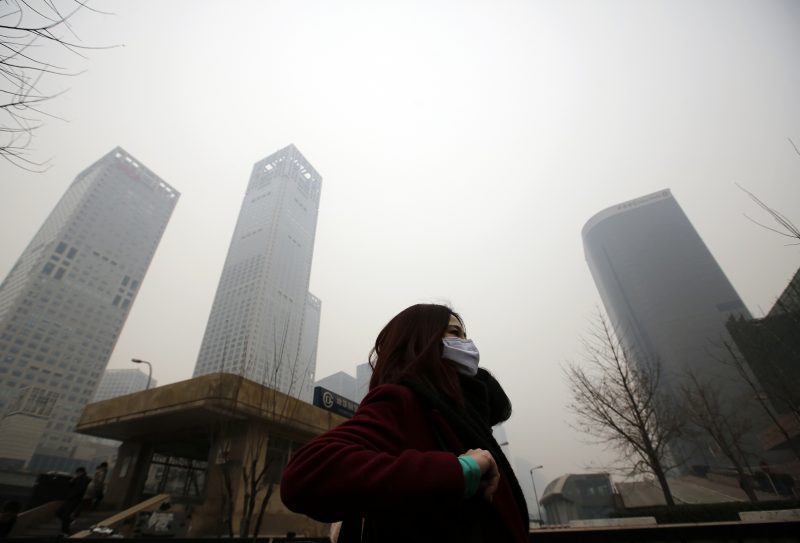
Beijing is also part of the North China Plain, making it vulnerable to extreme heat waves.
Like many big cities, Beijing is a major emitter of greenhouse gases, which also contribute to air pollution. The city is known for frequent bouts of smog that force locals to wear face masks.
Pollution is deadlier than smoking, killing nearly 15 times as many people as wars and violence combined. A study estimated that in 2015, 9 million people died prematurely from pollution-related diseases, accounting for 16% of all deaths worldwide.
Residents of New Delhi, India, could experience more nausea and headaches because of the smog. Heatstroke is also a risk on hot days.
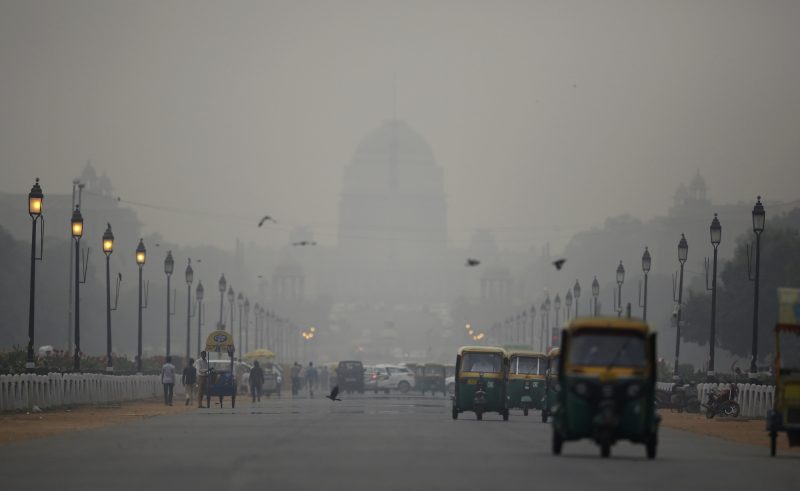
Extreme temperatures in Delhi are similar to those in Beijing and Shanghai.
A 2017 analysis found that wet-bulb temperatures in South Asian cities like Delhi could reach 95 degrees Fahrenheit - the point at which they become fatal - by 2100. A scenario like that tends to happen every 25 years.
The analysis found that about 2% of the Indian population is currently exposed to wet-bulb temperatures of 90 degrees. By the end of the century, that share could rise to about 70%.
What's more, the smog-filled air can cause skin rashes, nausea, and headaches.
Floods are stripping away at available land in Bangladesh.
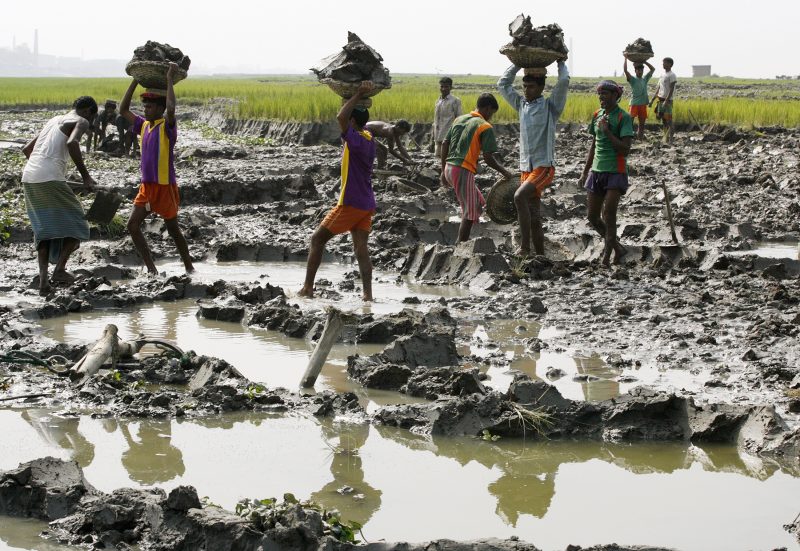
Bangladesh is one of the most vulnerable nations when it comes to climate change.
The country is prone to heat waves and is already contending with devastating floods. In the summer of 2017, flooding affected more than 8 million people in Bangladesh, killing about 140 people and damaging nearly 700,000 homes.
Each year, riverbank erosion displaces up to 200,000 people in Bangladesh. The IPCC estimated that the nation could lose up to 20% of its landmass from just 3 feet of sea-level rise.
"Sea-level rise is already really present" in Bangladesh, Rood said. "As the storm surge gets bigger, there are going to be more problems because there are so many people."
Many climate refugees in Bangladesh are fleeing to Dhaka from rural villages, yet that area is still vulnerable to floods, particularly during monsoon season.
Lagos, Nigeria, is growing rapidly despite the looming threat of sea-level rise.
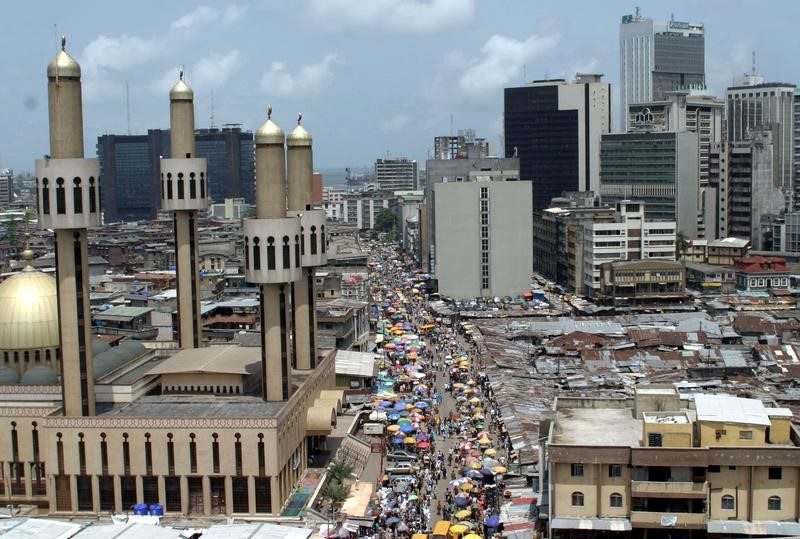
Lagos' population may be growing, but the city is also becoming more vulnerable to sea-level rise. Hauser said Lagos is particularly susceptible to floods because of its low-lying terrain and location on a river delta. In 2016, researchers found that Lagos could see 260,000 deaths due to flooding in the next 10 years.
According to Rood, the increased frequency of flooding and extreme weather in cities like Lagos could make it difficult for the areas to recover after each event.
But both he and Hauser said the effects of climate disasters could be mitigated with appropriate planning and infrastructure.
"Your probability of getting into a car accident is relatively low for any given drive, yet we wear seat belts," Hauser said. "In any given year, your probability of dying is relatively low, yet you buy life insurance."
Similarly, cities should plan for rising temperatures and sea levels, he said.
"We have plenty of examples where if you prepare for these heat emergencies then you can survive them," Rood said. "The question to me is: Do they become so common that it's not worth it anymore?"

